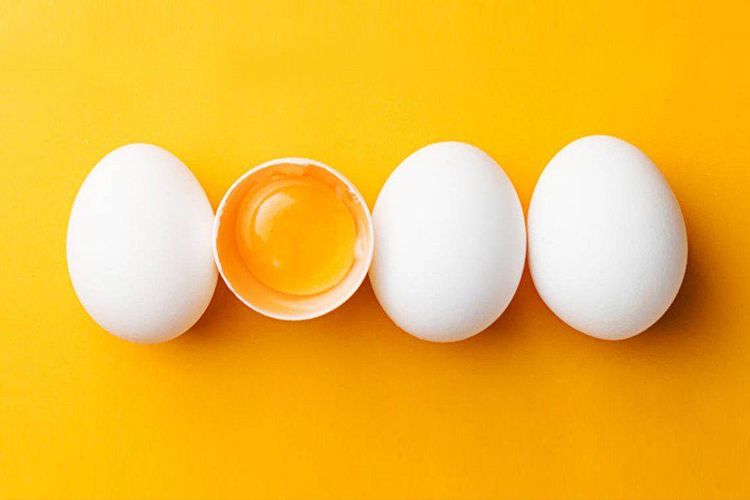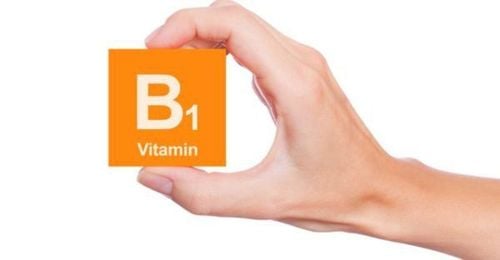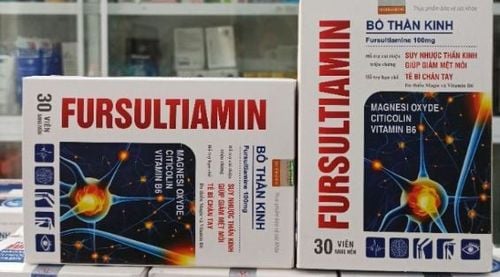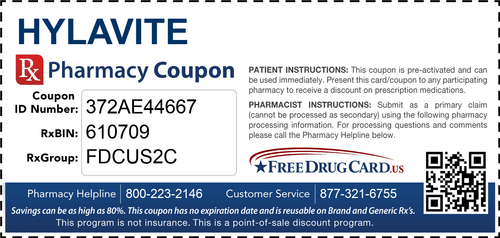This is an automatically translated article.
The article is professionally consulted by Master, Doctor Nguyen Thi Ngoc - General Internal Medicine - Endocrinology - Department of Examination & Internal Medicine - Vinmec Central Park International General Hospital. Doctor has more than 10 years of studying, researching and working in the field of endocrinology.Vitamin B1, also known as thiamine, is a B complex vitamin. It is found in many foods and plays an important role in metabolism and provides the body with energy.
1. What is Thiamine (vitamin B1)?
Vitamin B1 also known as thiamine, is a B complex vitamin. It is found in many foods and plays a role in providing energy to the body. Thiamine is involved in many body functions including the nervous system, heart, and muscles. It is also important in the flow of electrolytes into and out of nerve and muscle cells, enzymatic processes, and carbohydrate metabolism.Thiamine was named B1 because it was the first B complex vitamin discovered. It was also one of the first vitamins of any kind ever classified.
2. Benefits of Thiamine (Vitamin B1)

Thiamine được sử dụng để điều trị cho những người mắc bệnh tim
According to UMM, thiamine is sometimes referred to as the "anti-stress" vitamin. Research has found that thiamine (vitamin B1) can boost the immune system and improve the body's ability to manage stress-driven moods.
Thiamine is also used to maintain a positive mental attitude, prevent memory loss, enhance learning, combat stress, and increase energy. Some studies have also concluded that vitamin B1, along with other vitamins, can prevent cataracts. Research by the Laboratory of Medicinal Materials at Osaka University of Pharmaceutical Sciences in Takatsuki, Japan shows that thiamine has the ability to prevent obesity and metabolic disorders in rats. Researchers believe that B vitamins play a part in the body's metabolism and are involved in the treatment of metabolic disorders.
3. Foods high in thiamine (vitamin B1)
Some foods high in thiamine (vitamin B1) are:Salmon: Salmon is high in riboflavin, niacin, B6 and B12, as well as a good source of thiamine and pantothenic acid. Additionally, it's low in mercury and high in omega-3 fats and proteins. Green vegetables: Several green vegetables stand out for their folate (B9) content. It is one of the highest plant sources of folate (B9). Green vegetables are also high in thiamine (vitamin B1) Liver and organs: Organ meats - especially liver - have the most B vitamins. Eggs: One large egg contains 33% biotin distributed between the yolk and the white. In fact, eggs are one of the top sources of biotin - only the liver contains more. Besides, eggs are also a rich source of thiamin.

Trứng cũng là nguồn thực phẩm giàu thiamin
Please dial HOTLINE for more information or register for an appointment HERE. Download MyVinmec app to make appointments faster and to manage your bookings easily.
Reference source: Webmd.com; Livescience.com and Healthline.com












